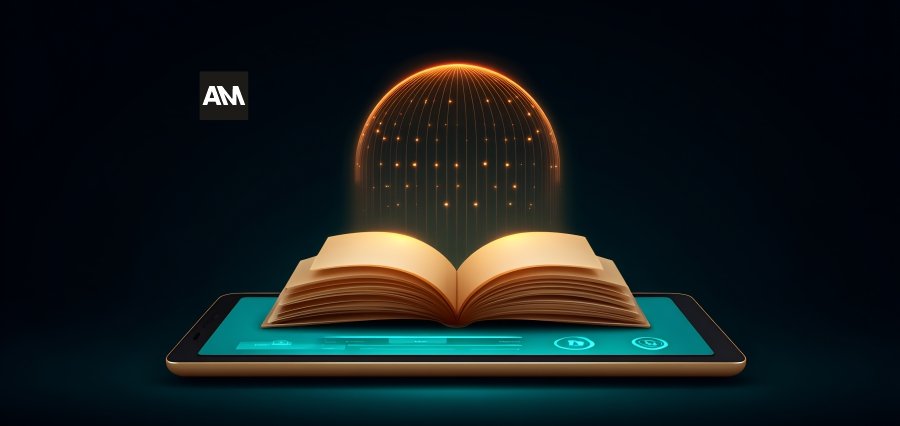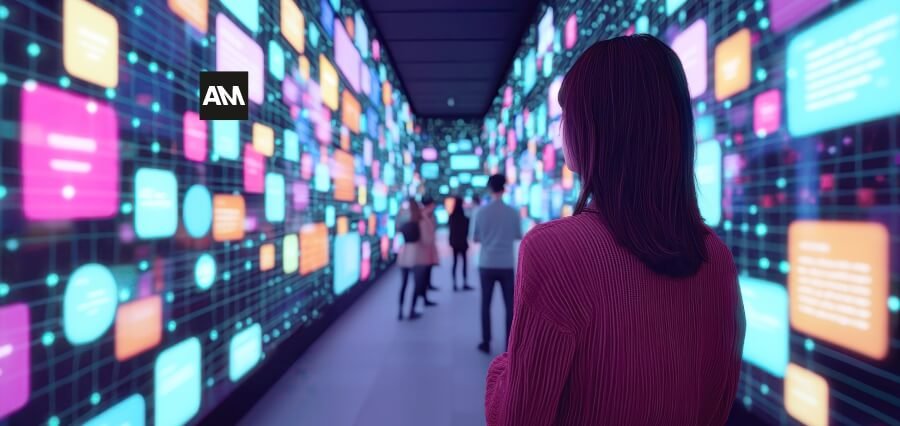From Insight to Impact
The role of an education strategist has emerged as a critical role in the institution’s approach towards learning and development. These professionals bridge the gap between traditional practices of education and emerging pedagogical approaches as educational needs evolve. The role of an education strategist is not confined to policy or administrative only; these individuals encompass planning, design, alignment of content and performance measurement, as well as ultimately how the learning objectives are to be met within the classrooms, online platforms and training settings.
Crafting Purpose-Driven Plans
Successful learning ecosystems always start with a well-designed plan. The education strategists collaborate with institutions, training capacity and decision-makers to create modules that can link the learning objectives with the practical results. They give opinions on the state of systems in place, how they have been determined or unrelated, and provide clear suggestions. No matter what the goal is, the improvement of student engagement, integration of new tools, or the improvement of the assessment techniques, these specialists develop sustainable and goal-oriented blueprints.
Their role is in making sure that each initiative has a well-proven educational intent, as opposed to being an effect of an ephemeral tendency. This transparency not only adds value to the academic delivery but also makes the most efficient use of resources, increases stakeholder satisfaction and contributes to the institutional development over time.
Data-Driven Decision Making
With the modern world full of information, the power of extracting value of the data comes in very handy. The data is critical in the work of education strategists, used to base decision-making. They not only analyze the performance of students, feedback loops, retention rates, etc., but they also look at the effectiveness of the studies through actual challenges and form interventions.
They make their decisions based on past patterns and gaps as well as indicators instead of speculating on what may work. In this level of accuracy, ideas become quantifiable outcomes. Additionally, it enables organizations to change between reactive and proactive planning to overcome the risks before they become a significant problem.
Technology Integration with Purpose
Technology, though it provides vast possibilities, it is necessary to be purposeful and applicable in educating people. The education strategists can be quite helpful; they can determine which tools can fulfill a specific goal of learning and how they are to be matched to implement them in the current frameworks. They are not supposed to just propose the use of digital platforms but to determine their effect on understanding, accessibility, group work and long-term worth.
Whether deciding on the appropriate learning management systems or advising on the appropriate content development tools and the virtual collaboration environment, the strategist will value functionality rather than state-of-the-art. They will analyze whether technology is something that will benefit, and not a disturbance to the learning process.
Balancing Innovation with Tradition
The innovation drive in the field of education has a tendency to result in dismissing tried and tested approaches. Education strategists have learned to incorporate creative ideas along with the established doctrines. They realize that although new teaching models and tools have advantages, it does not mean that traditional methods are not effective in most learning situations.
Using the fundamentals of education, minimizing change by introducing it selectively, provides strategists a way to avoid confusion and resistance. This considered combination develops confidence between the faculty and the learners and openness towards advancement.
Professional Development and Mentorship
The most important aspect of any learning strategy is the development of both teachers and administrators. Lifelong professional development is usually what education strategists recommend, with the aim of aligning it with the goals of the institution. The programs are not only meant to help teachers learn new ways of delivering instruction but also, develop confidence in using new systems and processes.
Strategists can also coach leadership groups as they orient the organizational objectives with the perspectives of education. In these interactions, they establish a synergistic environment, which promotes learning at any level.
Assessment with Clarity and Purpose
The evaluation of the effectiveness of strategies after implementation is one of the most important tasks of an education strategist. It is not just assessment by test scores or grades it is assessed by how engaged or satisfied they were, and still how much they retain knowledge long term.
Regular reviews, provision of clear performance indicators, and collection of feedback can enable the institutions to learn how things are going and what needs to be changed. Strategists assist in ensuring practical standards and creating responsibility in all stages of learning.
Planning for Future Growth
Educational needs are not definite. An education strategist assists institutions with anticipating upcoming challenges and opportunities in the community by incorporating adaptability into the institution’s strategic plans. They promote ongoing inspection, feedback, and revisions, so education systems do not grow too insensitive.
They are not only concentrating on the present needs, but also building institutions that will suit the needs of the learners in the future, the industries and society as well.
Conclusion: Bridging Insight and Action
Education strategists turn knowledge into results. Institutions need them in many ways, and they are instrumental in keeping institutions sharp, relevant and effective. They ensure they establish meaningful learning grounds by basing their strategies on information, meaning, and human beings.
Discover how an education strategist can take your institution to the next level. Reimagine your ambitions, support your teachers, and create a future that incites understanding into tangible transformation.








